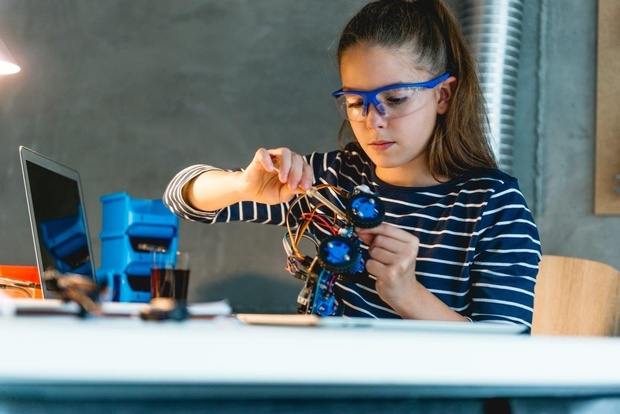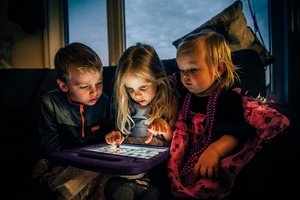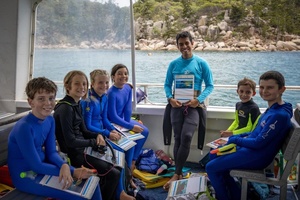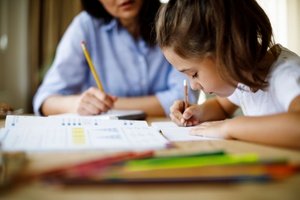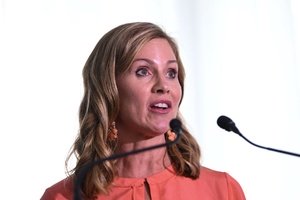An Australian Catholic University-led study involving input from 88 principals and 119 teachers from primary and secondary schools across all sectors has revealed a “risk-averse” approach to science, technology, engineering and maths education with widespread concerns about tackling so-called “hard” topics.
The researchers have called for STEM education to be more authentic to students’ lives and better aligned with real-world problems and the desire among students to advocate for positive change.
Lead author, ACU mathematics, science, and technology expert Associate Professor Mellita Jones, says, while it is fairly common knowledge that there is a risk averse approach in schools, she and her research team were not certain, prior to hearing from teachers and principals, that the issue was due mostly to a fear of backlash from the community.
“The number of principals who said, ‘no, my community’s not ready to talk about that sort of thing’, was very surprising,” Jones tells EducationHQ.
“We weren’t really expecting that to come out so strongly.”
The academic says her team’s analysis shows STEM teaching and learning is predominantly devoid of links to authentic contexts or related to curriculum topics which have little relevance to students’ lives.
“We need to upskill teachers to deliver authentic STEM education,” Jones says, bluntly.
“We need learning which explores and acts on local and global issues and empowers students to make informed and socially just decisions about their own and others’ futures.
“The world is facing so many STEM-related crises, and STEM is increasingly being called upon to examine and present solutions.
“If we don’t change the way STEM education is delivered and embrace the ethical dimensions with which it is associated, then Australia will struggle to contribute anything of significance to address real world problems.”
The study, Learning contexts and visions for STEM in schools, explored three visions of STEM education: Vision 1, which provides a general familiarity and fluency with the discipline; Vision 2, which includes a link to social issues and matters in students’ lives; and Vision 3, which includes some impetus for localised action.
It found 84.5 per cent of the responses indicated STEM education aligned with a Vision 1 perspective, 9.1 per cent were categorised as Vision 2, and 6.4 per cent met the threshold for Vision 3.
In the Vision 1 category, 54.5 per cent of teaching and learning examples were based on coding and robotics, while 29.5 per cent focused on skills-based approaches. Content was largely restricted to Australian Curriculum science and mathematics topics and themes such as forces, energy, and environment, and measurement.
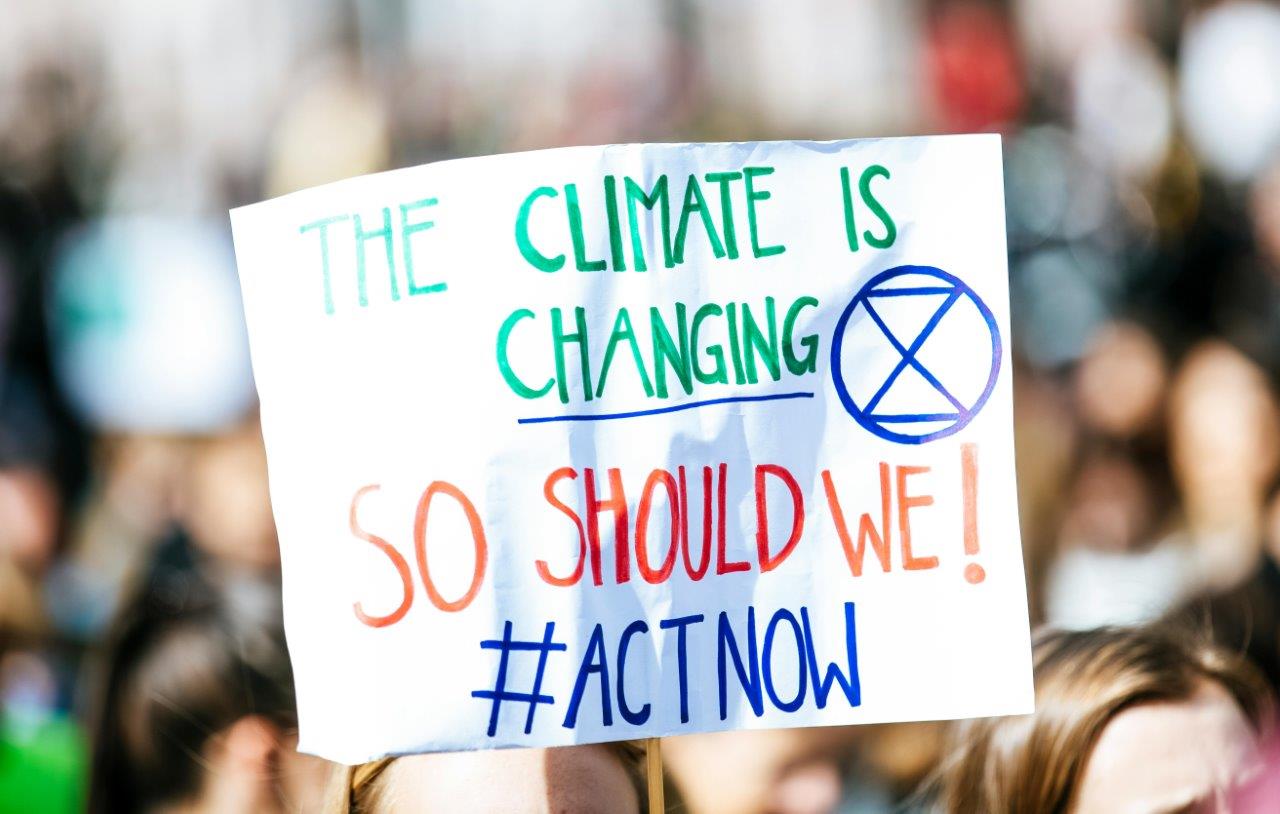
ACU researchers say students want to engage with significant issues and should be supported to act on and call upon others to join them to address critical real-world concerns and inspire positive change.
The researchers have called for a new approach to STEM education, labelled Vision 4.
“Building on the visions with a fourth approach will engage learners as activists and promote their local and global participation in the social and political aspects of STEM-related issues,” Jones says.
The academic acknowledged that more than ever, teachers face increasing demands on their time.
“A problem they face is a very, very burdensome administrative workload, which takes their time away from being able to map the curriculum, which is very fragmented into these really important contextualised sorts of topics and areas,” Jones says.
She says this is especially the case for STEM subjects which are completely discipline focused.
“They do it separately in school, they don’t tend to do an integrated approach to any of those topics.
“So you do your hour of science for one term, for example, and that’s it, it’s not really connected to other parts of the curriculum and teachers really struggle with time and resources to be able to do that complicated mapping of the curriculum in meaningful topics.”
Jones likens it to giving teachers a box of jigsaw pieces, but with no picture on the box.
“So they’ve got all these little bits, that they’re trying to put together to make some meaningful pattern or picture for the students, and they don’t have the time and resources to do that level of examination of the curriculum and making it work in these big topic areas.”
While most schools’ STEM education tends to focus on the decontextualised use of digital technologies such as Lego Robots, Spheros, and Bee-Bots, Jones says kids are more interested when they feel connected to their world.
“Robotics has to be a part of it, because augmented reality and AI are part of our present and they’re certainly going to be a massive part of our future - but we need to look for ways to embed it meaningfully.
“It’s about integration and that’s where we’re really lacking – focusing professional learning, focusing even in teacher education courses, where it’s fragmented as school curriculum.
“It’s really difficult for them to do the integration part of it. So yes, there’s room for robotics and coding, but it needs to be done in the same way, because they’re going to be a big part of the solutions in the future.”
Interestingly, Jones says the study revealed that many kids were doing STEM-related extracurricular programs of their own volition.
“We saw there were numerous little STEM clubs, there was one I remember that was focussed on solving the world’s problems – that’s essentially what these kids were doing during their lunchtime.”
Jones says the kids have an appetite for this type of learning; “absolutely”.
“… and I think if they can see connection and feel empowered by what they’re doing in school, then that’s going to have an impact in their communities and in their lives.
“I mean, we’ve seen it with the recycling revolution back when my children were in primary school.
“They were coming home as the change makers saying, ‘we’re recycling at school, why aren’t we recycling at home?’ – so it does have those translation effects.”
While the planet’s many socio-scientific issues lend themselves beautifully to cross-curricular integration, here and overseas school systems continue to struggle on just how to facilitate that integration.
“I don’t want to bag on education and the curriculum completely, because there are pockets of really great stuff happening,” Jones says.
“But we need more than these individual, inspired acts, we need systemic change.”

